How Does Food Travel Down the Digestive Tract
What Happens to Your Food After You Eat It?
You may have wondered how food travels down the digestive tract. Let’s take time to discuss the journey of food once we eat it to better explain the digestive process.
After food leaves your mouth, many changes occur before our cells can use it. We will explore some of the things that happen to it along the way!
The Digestion Journey
Here are some parts of the body that are involved in processing our food. We will take a more in-depth look after this brief introduction.
- Mouth:
- Esophagus
- Stomach
- Small Intestine
- Large Intestine, Rectum, and Anus
- Other Players Along the Way: The Accessory Organs, Hormones and Enzymes
-Teeth
-Liver
-Pancreas
-Gall Bladder
-Digestive Enzymes
-Digestive Hormones
Let’s Go Over Each Step on the Journey
Mouth
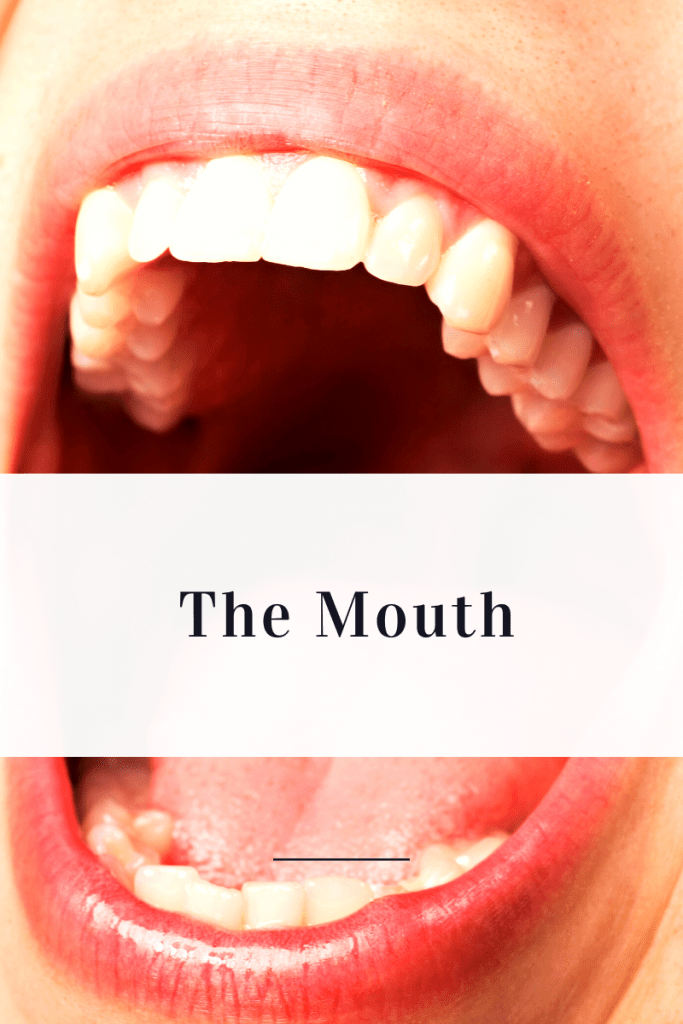
Once the food gets into the mouth, it goes through mechanical digestion, which is chewing it up into small pieces, and chemical digestion, when saliva helps soften and break it down so it is easier to swallow.
The salivary glands secrete an enzyme called amylase, which starts breaking down carbohydrates, and a very small amount of lipase, which helps break down fat. After it is swallowed, the next step is the esophagus.
The mouth in the digestive system: Function and biology (medicalnewstoday.com)
Esophagus
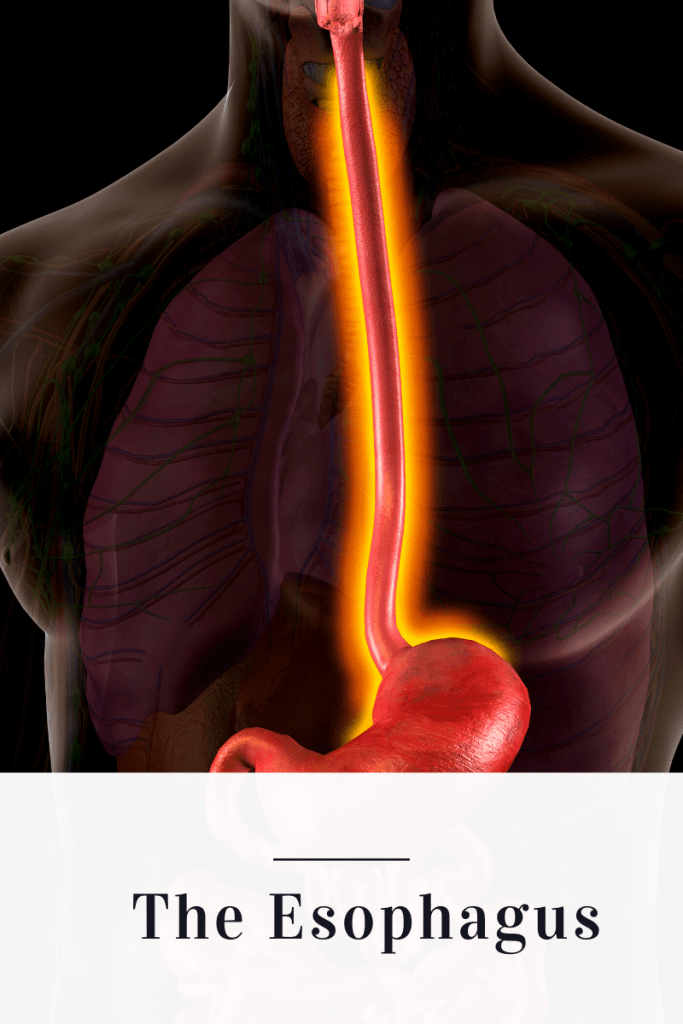
The esophagus’ main role is to push the food from the esophagus to the stomach through peristalsis, which is the contraction of smooth muscles. This helps it move on down. The lower esophageal sphincter is the one-way trap door that lets the food move through to the stomach, ideally without the acid reaching the stomach.
Esophagus: Anatomy, Function & Conditions (clevelandclinic.org)
Stomach
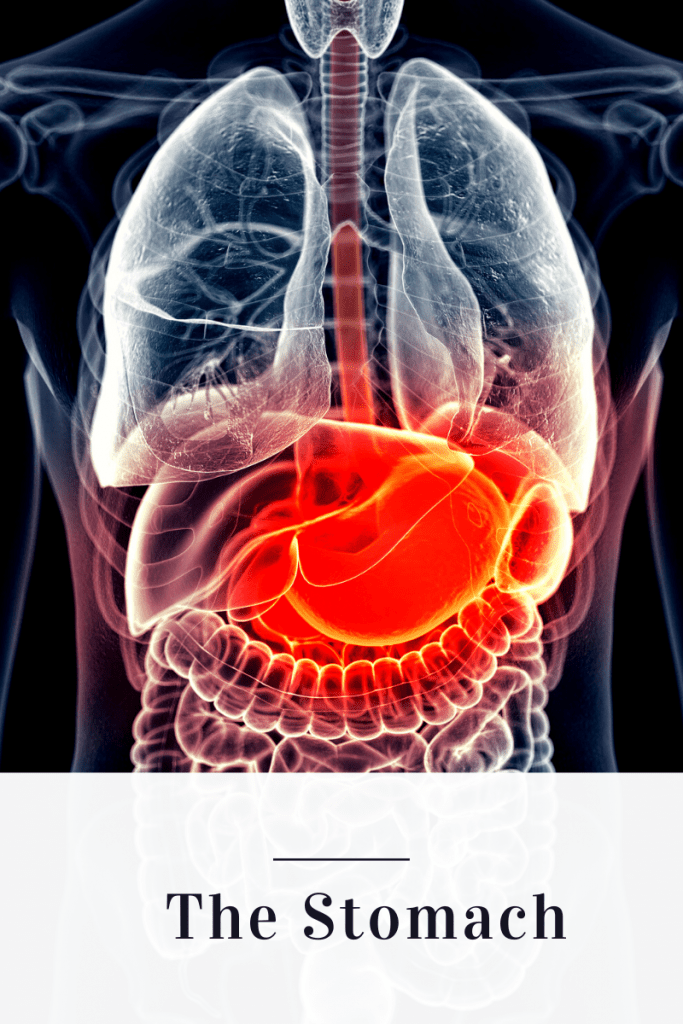
The stomach is the keeper of the food before it gets to the small intestine, where most of the digestion and absorption takes place. In addition, the stomach starts breaking down food with hydrochloric acid and a protease enzyme that helps break down a protein called pepsin.
Stomach: Anatomy, Function, Diagram, Parts Of, Structure (clevelandclinic.org)
Small Intestine
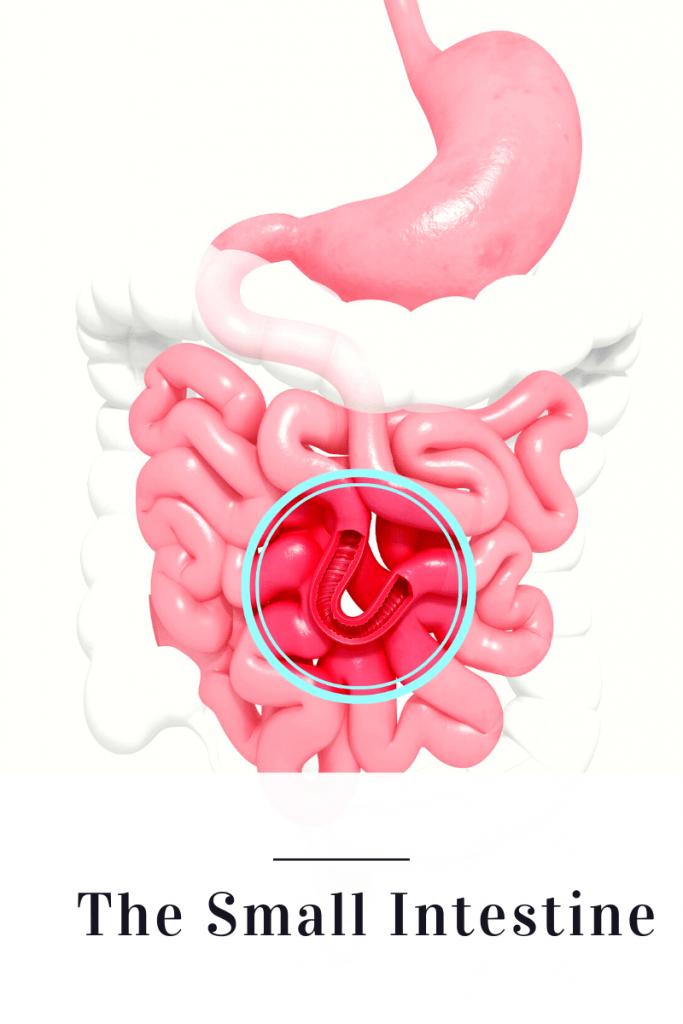
The rest of the digestion takes place in the small intestine, where proteins, carbohydrates, and fats are broken down into pieces that can be absorbed from the small intestine into the bloodstream.
These enzymes, which break down carbohydrates, include amylase, which is secreted by the pancreas. Additional enzymes that break down carbohydrates are maltase and sucrase, which are secreted by the small intestine.
Lipase breaks down lipids, which are fats. They are made in the pancreas but sent over to the small intestine.
The liver produces bile stored in the gall bladder and sent to the small intestine to help digest fat.
Additional proteases that break down protein further in the small intestine include trypsin, chymotrypsin, and carboxypeptidase (A & B)
This video does a great job explaining how nutrients are absorbed in the digestive tract.
Digestive Enzymes: Types and Function (verywellhealth.com)
Large Intestine, Rectum, and Anus
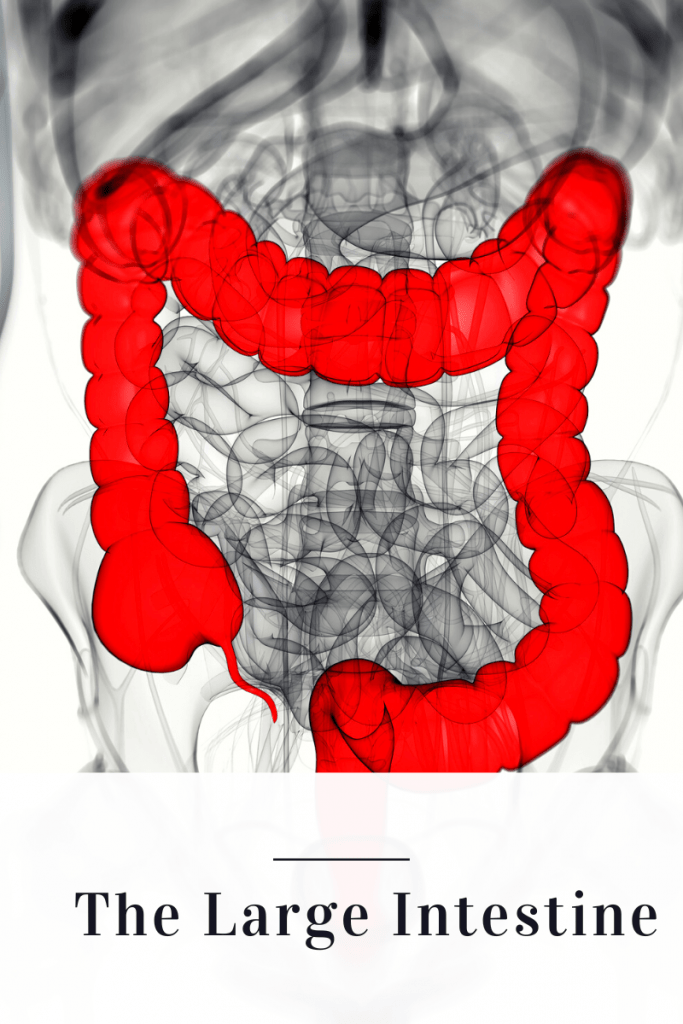
The large intestine reabsorbs water to recycle it back into the body. It stores remaining waste materials that are stored as feces before being removed from the body at the anus.
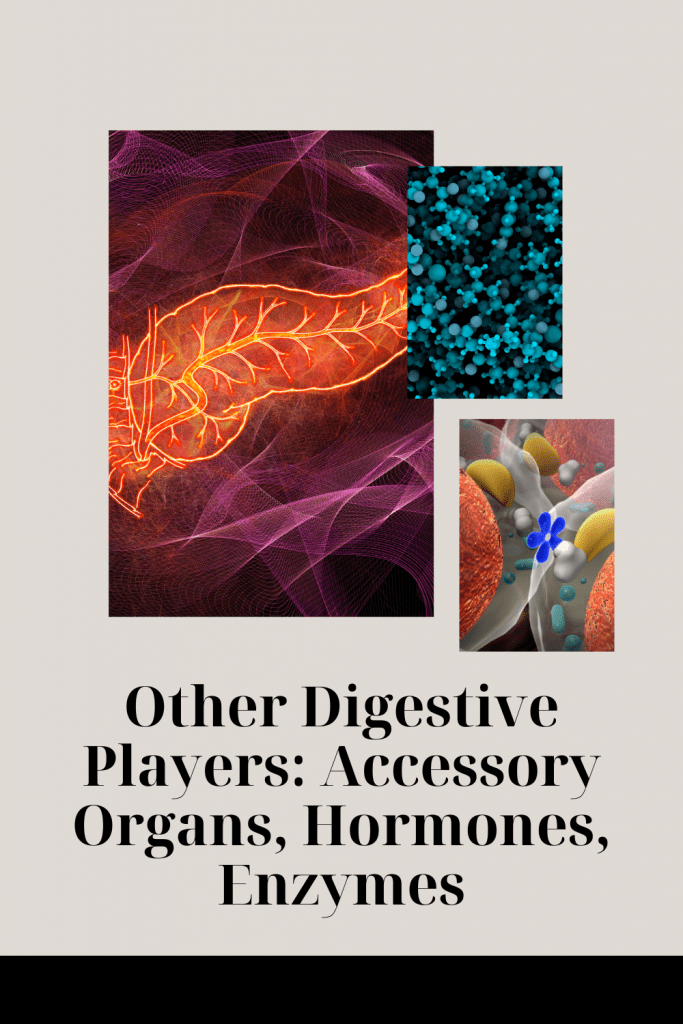
The accessory organs, hormones and enzymes play an essential role in digestion.
Other Digestive Players
Accessory Organs
Liver
The liver produces a yellow-green liquid called bile, which helps digest fats.
Pancreas
The pancreas makes enzymes that help break down carbohydrates, proteins, and fats. It also makes some digestive hormones.
Gall Bladder
The gall bladder stores bile so it can be provided at just the right time and amount. In an upcoming lesson, we will discuss what happens when we no longer have this organ.
Hormones & enzymes aren’t organs but are necessary for the digestion process.
Hormones
Hormones are needed to make all of this digestion and absorption happen. This link explains many of the hormones involved in these processes.
Hormonal control of digestion — Science Learning Hub
Enzymes
Take a look at Traveling Down the Digestive Tract for the list of enzymes that are essential to digestion.
Take a look at this video that talks a little about the digestive process:
Peristalsis – Health Video: MedlinePlus Medical Encyclopedia
Additional Digestive Resources
Digestive System (Anatomy): How It Works (webmd.com)
Your Digestive System & How it Works – NIDDK (nih.gov)
Digestion: Anatomy, physiology, and chemistry (medicalnewstoday.com)
I hope that having a virtual tour of what happens to your food on its digestive journey helps give you a better understanding of the process. Become more familiar with it can be a first step in taking care of your digestive health.
When parts of our digestive tract are damaged structurally or we have another condition that affects our ability to digest and absorb food, we also affect our ability to process it. We will talk more about this in upcoming lessons.
